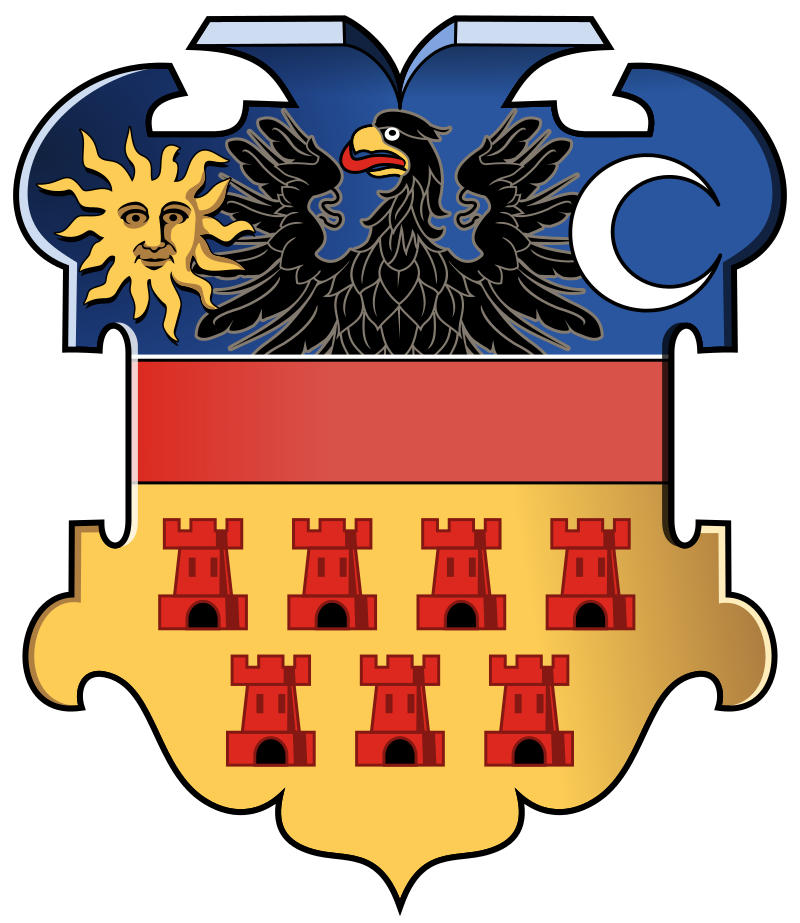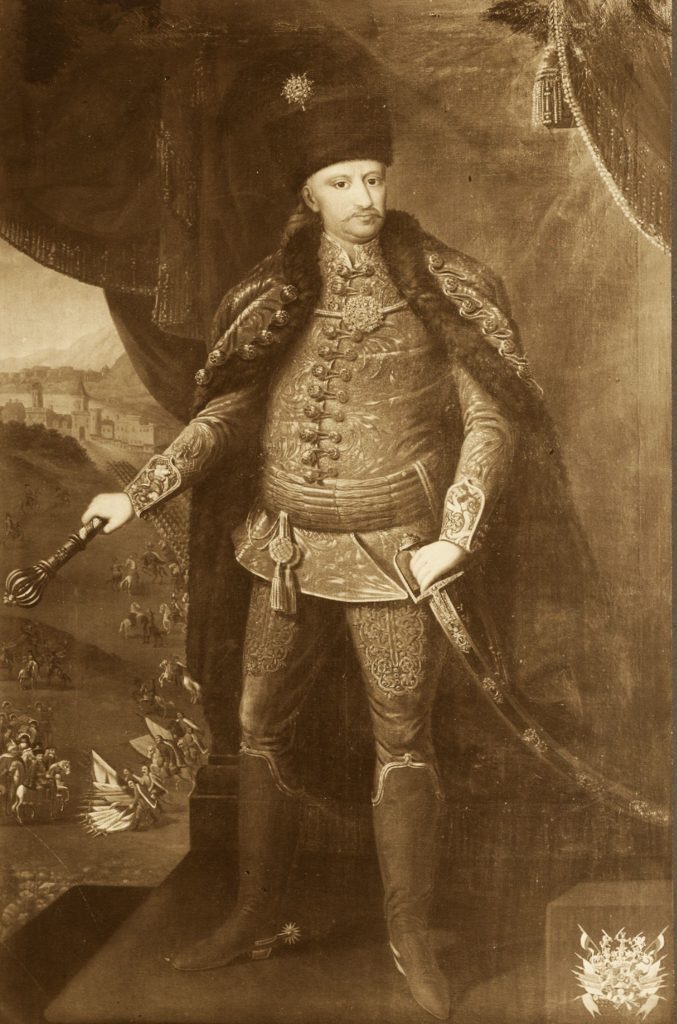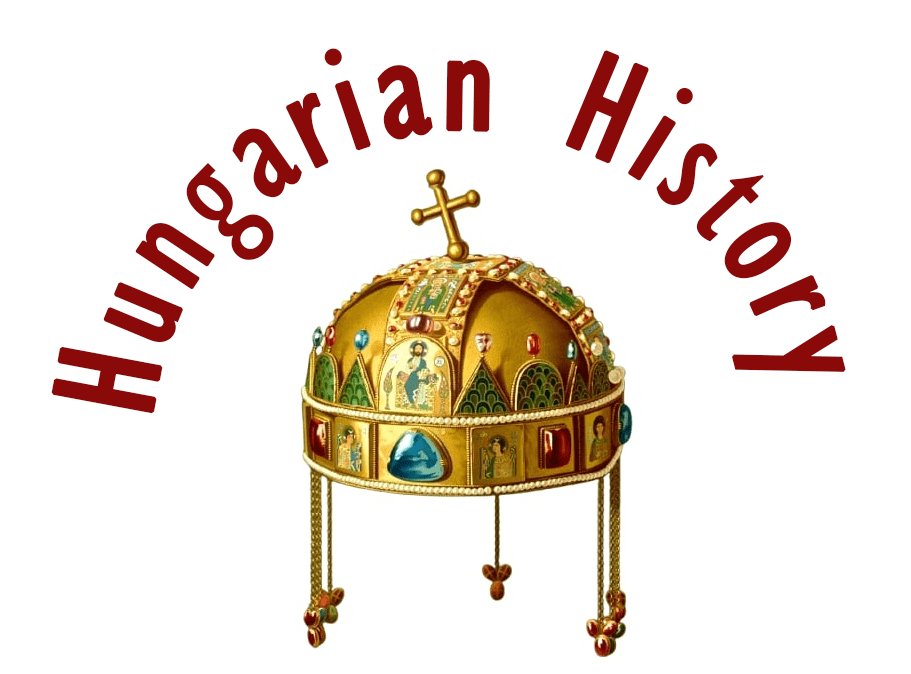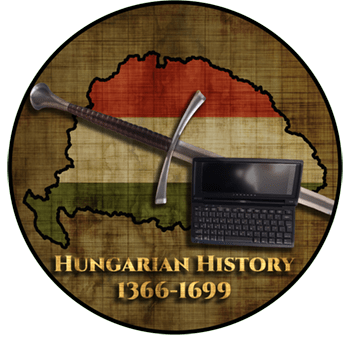Let’s say a few words about Zsibó, the site of the battle. At the time of the Reformation, the Protestants in Zsibo also took over the 13th-century church of the Catholics. Over the years it was damaged several times, burnt down by the Crimean Tartars in 1658 and by the Labanc (pro-Habsburg) troops in 1705.

Two of the victims of the Turkish invasion are commemorated by a tombstone on the wall of the tower. A female figure with a child in her arms can be seen. The mother fled into the tower to escape the Turks and jumped out with her child rather than fall into the hands of the Ottomans.

The War of Independence of Prince Rákóczi II Ferenc
At the Diet of Szécsény (September 1705), although the confederation of the allied estates did not declare the dethronement of the Habsburgs, Rákóczi was elected the leading prince of Hungary. King Louis XIV of France, however, was not satisfied with this title, and could only ally with the head of state of an independent country. Rákóczi had already been elected prince by the Transylvanian Diet in 1704, but the war situation prevented him from attending his inauguration.
Since his ancestors also held this title, and as Rákóczi I György had also once concluded an alliance with the French king, Rákóczi must have believed that Louis XIV was finally willing to formally cooperate with him. Moreover, Transylvania had enjoyed statehood recognized abroad for a century and a half. It was therefore in Rákóczi’s vital interest to enter the province as soon as possible.

By the autumn of 1705, moreover, Habsburg rule in Transylvania seemed to have collapsed, and General Rabutin de Bussy had lost all the province except Szeben and Brassó. In the face of his urgent letters, Vienna finally sent old Marshal Louis Herbeville to his aid.
Herbeville set off from Buda in early September and marched across the Great Plain. The prince entrusted the generals Károlyi Sándor and Bottyán János to watch the Imperial army, which only accompanied and slightly disturbed the marching enemy, but did not dare to attack. Rákóczi called on the military commander of Transylvania, Major General Forgách Simon, to try to strengthen the defense of the province. The fortifications in the valleys of the Szamos and the Egregy brooks began, but progress was extremely slow.

In October, Bottyán’s troops broke away from Herbeville and prepared to retake the Transdanubian region. Rákóczi himself set off with a bright escort from Szécsény, Eger towards Transylvania, in preparation for his inauguration. He expressed his dissatisfaction that his generals did not interfere with the Imperials’ crossing of the Tisza River over Szeged. Herbeville crossed the Trans-Tisza region, though the scorched earth tactics of the Kuruc had left his army much depleted.
By the beginning of November, it became clear that the Imperials had chosen the valley of the Szamos River for their invasion of Transylvania, which came as a relief to the Prince. He hurried in a forced march to the Karikai Pass, believing that the ramparts were already completed. Here he was disappointed to learn that they were only half finished, while at the Pass of Zsibó work had barely begun. Forgách and the Transylvanian estates pointed fingers at each other. Rákóczi took control of the works into his own hands while organizing the troops and trying to ensure supplies.

Meanwhile, Herbeville pushed forward unhindered. On 31 October, he marched on Várad, relieving the fortress of a siege that had lasted nearly two years. He then marched on towards the valley of the Szamos River. His army numbered about 20,000, compared to 9,000 soldiers supporting Rákóczi and 6-7,000 men serving under Károlyi, who was pursuing Herbeville. Rákóczi ordered Károlyi to attack the Imperials from the rear while they attacked the ramparts blocking the pass.

Herbeville learned from two fugitives that the entrenchments in Zsibó were weaker, so he changed direction. Rákóczi also went there, working day and night to strengthen the ramparts, while the rain poured down. On the evening of 10 November, Herbeville’s army was already at Zsibó. Rákóczi had his troops lined up. The command of the right flank, where the court troops of the Prince and the foreign relief troops were stationed, was not given to the senior Forgách, but to the French Lieutenant-General Des Alleurs, while the offended Forgách was given the command of the left flank. This area was more difficult to defend and the weight of the attack was concentrated there.

On 11 November, the fighting sides were greeted by beautiful sunny weather. Since the morning, the sides had been trying to distract each other with artillery fire. But the Imperials did not attack. Then Rákóczi made a huge mistake. Leaving his army behind in the hours before the battle, he went to lunch at the castle of Csáky László, half an hour away. They had barely finished their meal when they received news of the enemy attack.
Herbeville moved his troops at about half past two. The right flank, though heavily attacked, held out, while the left flank was attacked in the flank by the Serbs. Forgách’s corps faltered and began to flee. The Kuruc guns in the center were occupied by the Imperial cavalry.
The defense collapsed by 4 o’clock. Forgách used the cavalry to secure the retreat. Des Alleurs also ordered the retreat. Rákóczi only met the fugitives. Despite repeated orders, Károlyi did not attack but waited. Some 4-700 Kuruc and 450-500 Imperials fell. Herbeville was allowed to enter Transylvania unhindered, Rabutin was released, the province was retaken, and Rákóczi’s inauguration was canceled.

The defeat was caused by a combination of the better equipment, training, and discipline of the Imperial troops, the mistakes of the Kuruc command (Rákóczi’s departure, the questions of authority, the wrong deployment – the better trained foreign troops should have been placed on the more vulnerable left flank), and Károlyi’s absence.
Although Rákóczi later blamed Károlyi for the omission in his Memoirs, contemporaries believed that to have ambushed the Imperial camp, reinforced from the rear with a trench, on the wet ground with cavalry alone would have been suicide. The battle was quickly fought. It is unlikely that Károlyi would have had time to reach the scene. It was not the first defeat the Kuruc army had suffered at the hands of the much more disciplined Imperials.

Source: Szibler Gábor and Dávid Elemér
Dear Readers, I can only make this content available through small donations or by selling my books or T-shirts:
Please, support me with a coffee here: https://www.buymeacoffee.com/duhoxoxa
You can check out my books on Amazon or Draft2Digital, they are available in hardcover, paperback, or ebook:
https://www.amazon.com/dp/198020490X or at https://books2read.com/b/boYd81

My work can also be followed and supported on Patreon: Become a Patron!http://Become a Patron!
Become a Patron! and donations can be sent by PayPal, too: https://tinyurl.com/yknsvbk7


https://hungarianottomanwars.myspreadshop.com/all
Subscribe to my newsletter here: https://tinyurl.com/4jdjbfkn

